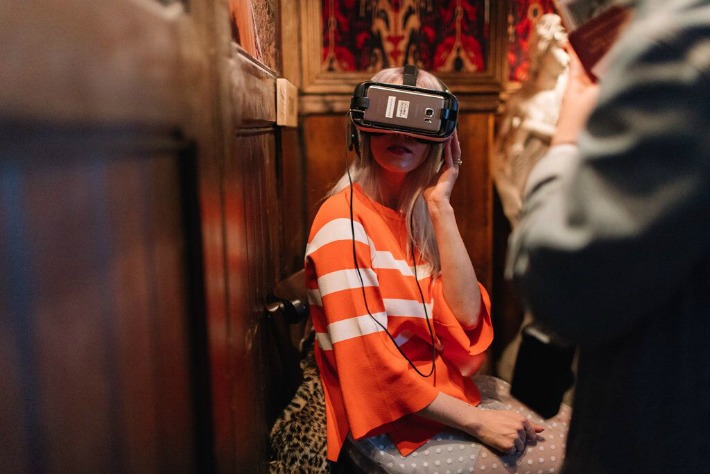If someone were to tell you about an amazing company they had just discovered, where would you turn to first to find out more about them? We would hazard a guess that your first port of call would be their website or Instagram feed. In this image led, digital age both social media and websites are vital for getting a company’s message out there, and both require a fair amount of maintenance to ensure they accurately reflect the brand.
Relating this to our own, much nurtured website, we wondered which really is the most effective medium, our socials or our website, for generating the most enquiries. We asked the wonderful Abigail, from You and Me Collective, who said:
… We are hearing more and more that are clients are getting enquiries directly through their social channels, almost entirely missing the step between social and website….Websites and social channels are open 24/7 so how they look and feel is essential. I would never say you don’t need a website because this is the treasure trove of information where you sell yourself to a customer, a high quality engaging social channel is key alongside it.
You see, not so long ago we finished updating the Hybrid website with images of our most recent work. We must come clean and say that this process was possibly the most arduous task ever! We found it so hard to see the ‘flowers for the trees’ (so to speak) as we have thousands of gorgeous pictures of our work, and with the exception of a few of our absolute favourites it was nigh on impossible to whittle this vast number down. This resulted in hours spent scratching our heads over which images to choose.
We turned to our friends at Christchurch Creative for their advice. Sarah Worswick, Director said:
When choosing images for your website, quality is key. Make sure every image is sharp and reflects your brand identity. Use strong visuals to hook-in your site visitor, choose images which feature ‘real’ people too. Don’t forget to name every image you use. This way, you can optimise each shot you upload, as search engines can easily index them. Add in the alt text to describe what the image is showing, which will aid search engines, too.
After we had finally chosen the lucky few pictures and uploaded them and the whole process got us thinking: Can you really convey a message and the passion you have for your work in just one image? Are you able to look at a photograph of your own work objectively and if you are, should you only post pictures that will receive the most ‘likes’?
Abigail told us:
I get asked this all the time! Instagram and Facebook especially are to be seen as a portfolio… if you look at photographers, they’ll often post a detail shot (ring, flowers, table setting), then a couple shot, then a full party shot showing a 360 reveal of the party. Carousel posts and stories are always a fabulous way to show off – carousels allow you to post up to 10 pictures so you can really showcase the full gallery. Stories are a great ‘look’ into behind the scenes, what you’re doing as a team, the creative process and the event.
What we took from this is that you should only show images that represent you, your values and, most important of all, showcase your work. If you really want your audience to get more of a feel of that image and why it is so important to you then by all means elaborate on it in the comments part of your Instagram feed. And if you really want to give that image further meaning and authenticity then of course you must write a blog on it!
So, without further ado, here they are: our 3 most favourite images and beneath each is our reason why they just had to be featured on our website.
No 1:
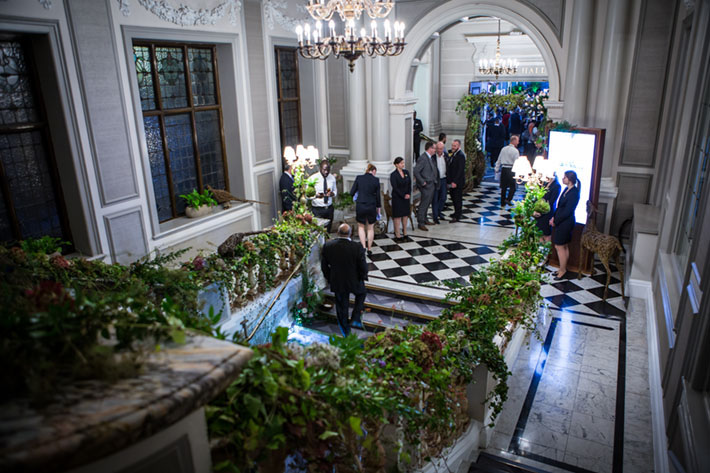 This is the entrance to the Grand Hall at The Grand Connaught Rooms in central London, who knows how many times we have walked up and down this staircase in the last 16 years.
This is the entrance to the Grand Hall at The Grand Connaught Rooms in central London, who knows how many times we have walked up and down this staircase in the last 16 years.
In fact, this is where it all started for Hybrid. We’ve done Christmases, weddings ceremonies, award evenings and installed flowers in this building, every week, since 2004. The event shown in this image, the launch party for DeVere, was our most favourite ever. The theme was the great British outdoors, so we covered this stunning marble stair-case with beautiful lush British grown greenery and flowers. We were so lucky to work alongside the supremely talented Chelsea Flower Show sculptor, Emma Stothard who included her amazing woven animal sculptures throughout the party.
No 2:
 We adore this perfectly candid shot of Sophie’s wedding at the Landmark Hotel. For us it conveys a true ‘behind the scenes at London hotel wedding’ feel with our beautiful couple nervously preparing their speeches with the Master of Ceremony, surrounded by bridal party flowers, candlelight and waiting staff. The romantic early spring flowers were divine and the burgundy ranunculus were just perfect.
We adore this perfectly candid shot of Sophie’s wedding at the Landmark Hotel. For us it conveys a true ‘behind the scenes at London hotel wedding’ feel with our beautiful couple nervously preparing their speeches with the Master of Ceremony, surrounded by bridal party flowers, candlelight and waiting staff. The romantic early spring flowers were divine and the burgundy ranunculus were just perfect.
This image shows not just our clients, but also the staff of the hotel. For a wedding florist it is impossible to look back on an event and not remember the huge effort everyone who works at the venue puts in before the guests arrive. The professionalism and five-star service shown by all staff, and the wonderful excitement and anticipation that you can’t help but feel.
Ps. Here’s a little peak at Sophie’s beautiful bouquet and stunning dress detail too!
No 3:
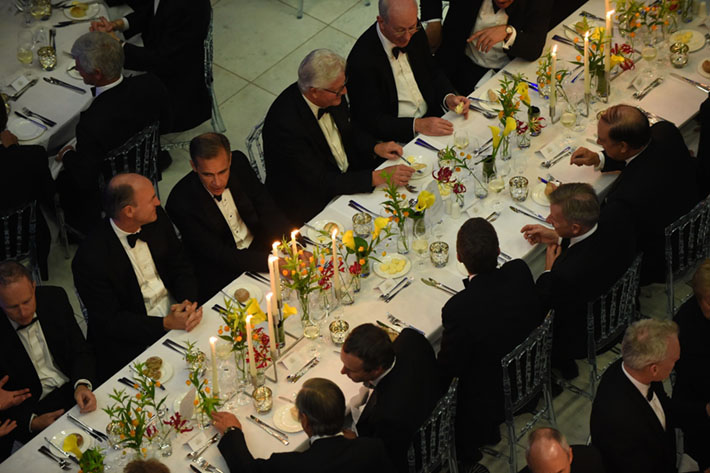
We have such fond memories of this tablescape: it is such a simple design and this is precisely why we love it so much. It shows that less can be more, and a beautiful selection of elegant flowers in just the right colour theme can create a huge impression. We wanted to use flowers which would glow in a modern, clean way, flattering the stunning concrete surrounds of the ‘structural expressionist’ building that is the Lloyd’s Building in the City of London.
We loved working with the acid yellow of these callas which we set against the pale orange bell-like blooms of a very special flower called Sandersonia and combined both with deepest pink Gloriosa lilies. This is one of our most favourite combinations of fresh flowers and to top it off we were able to use our treasured classic brushed steel Conran candlesticks to complete the contemporary look. For us, this image serves as a reminder to create floral designs that in harmony with the venue and appeal to the type of guest sitting at the table (in this instance, one the guests was City of London legend, Mark Carney! We LOVE him!).
And so now we would love to know, does knowing more about the stories behind our top three images change your perception of us?
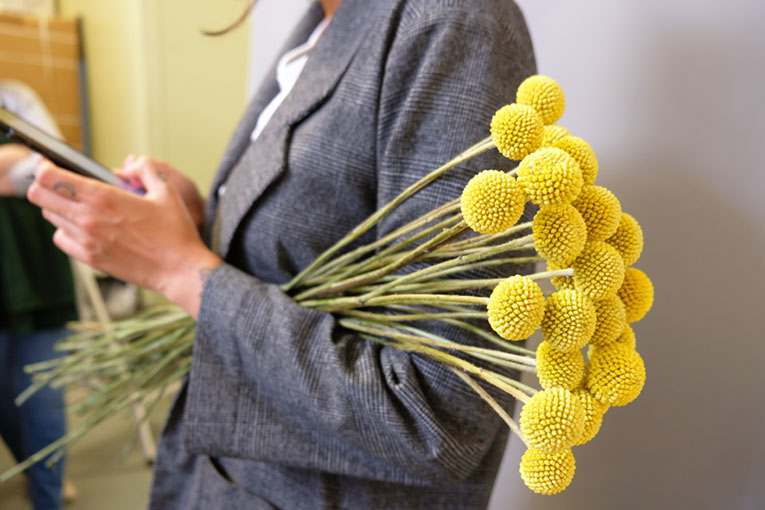
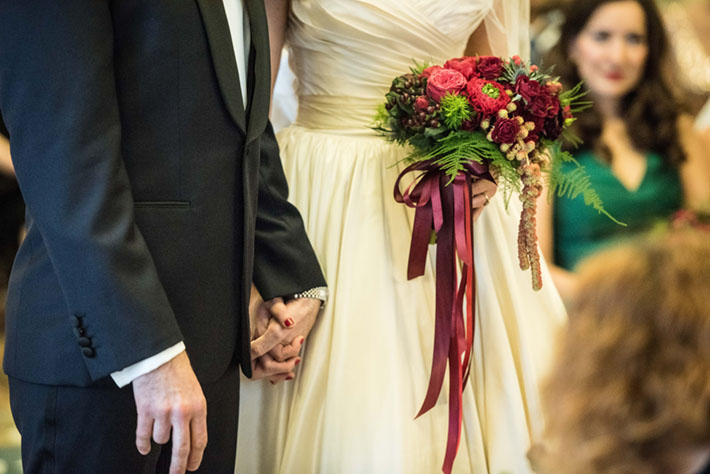

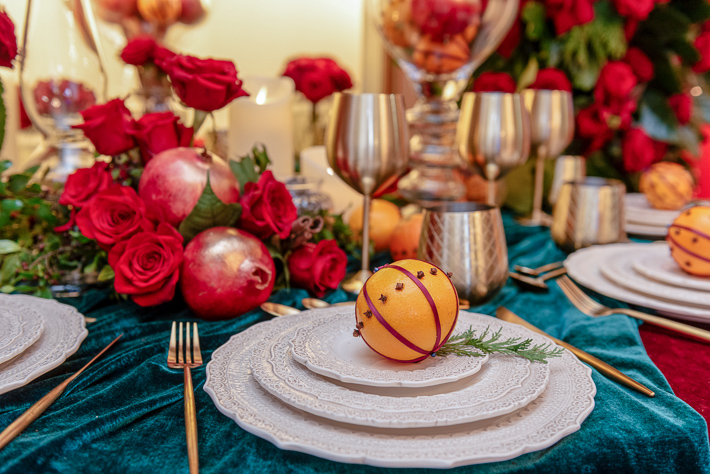
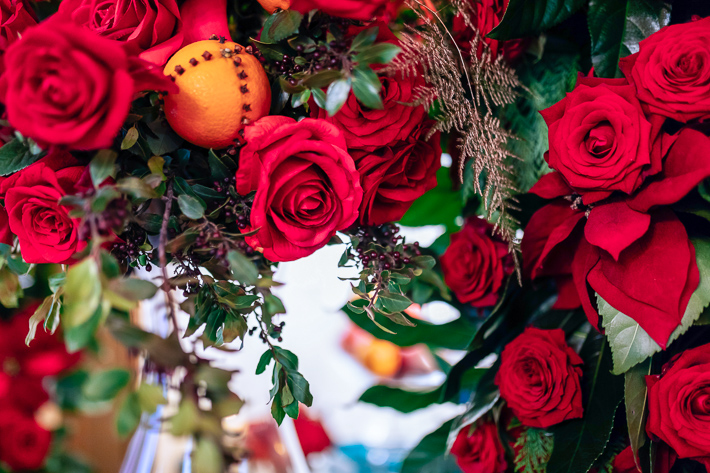

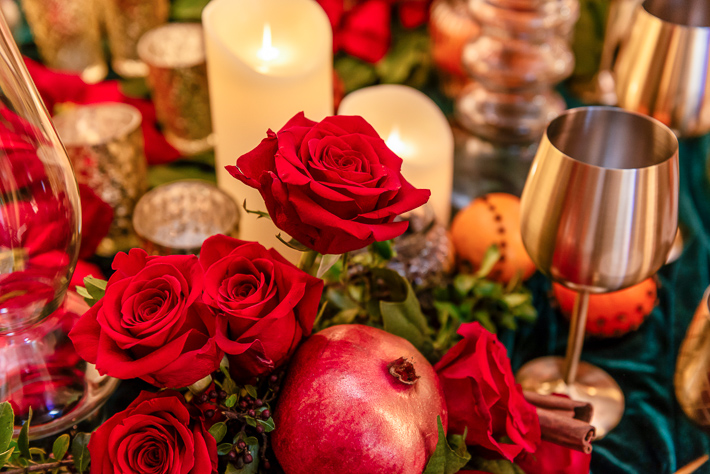


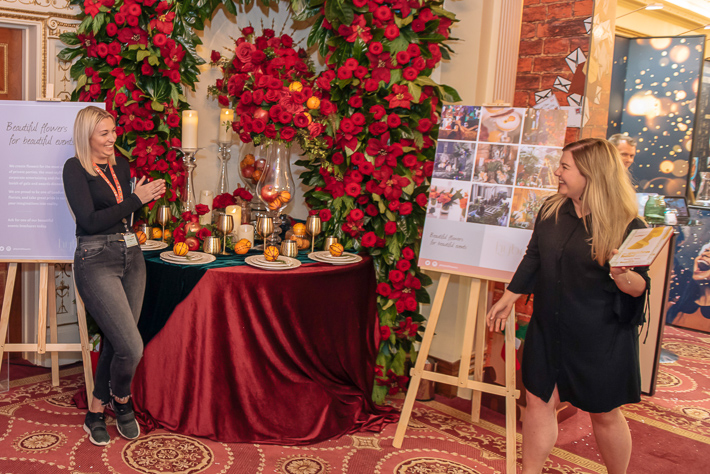
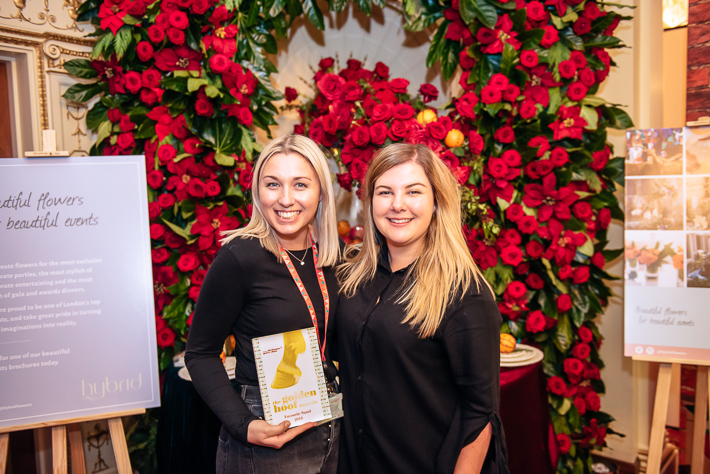
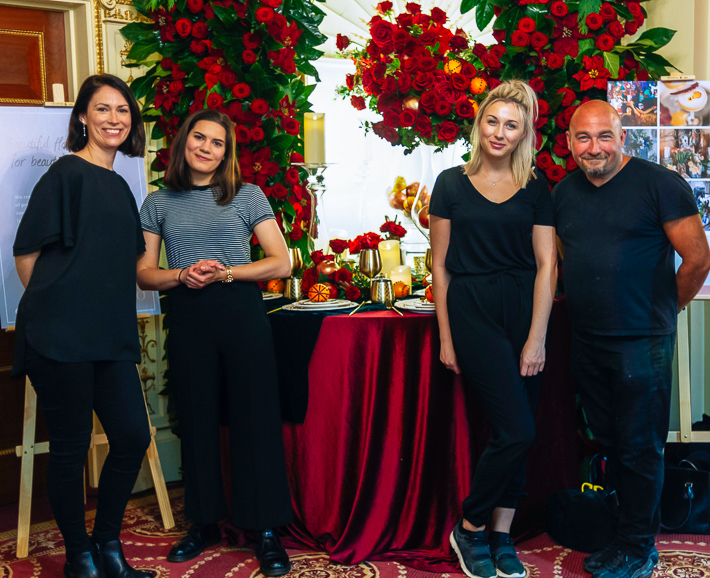
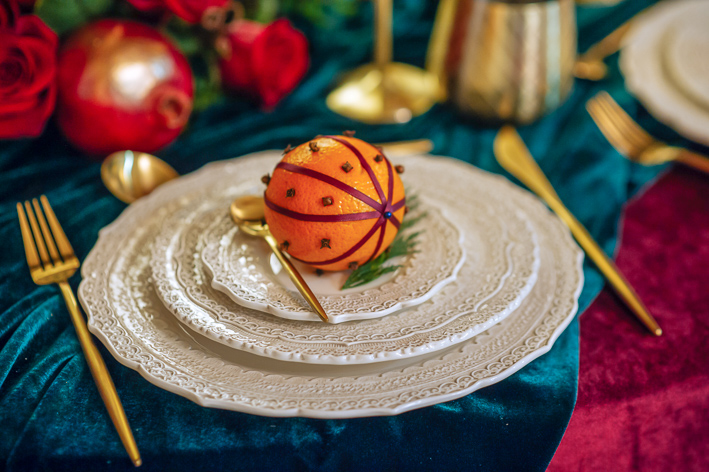
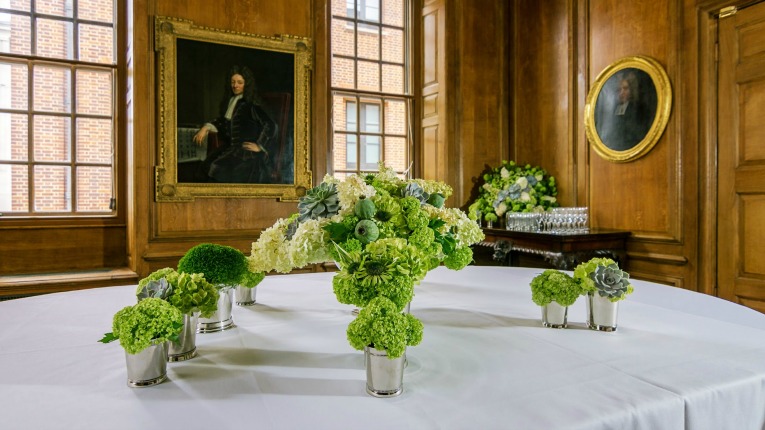
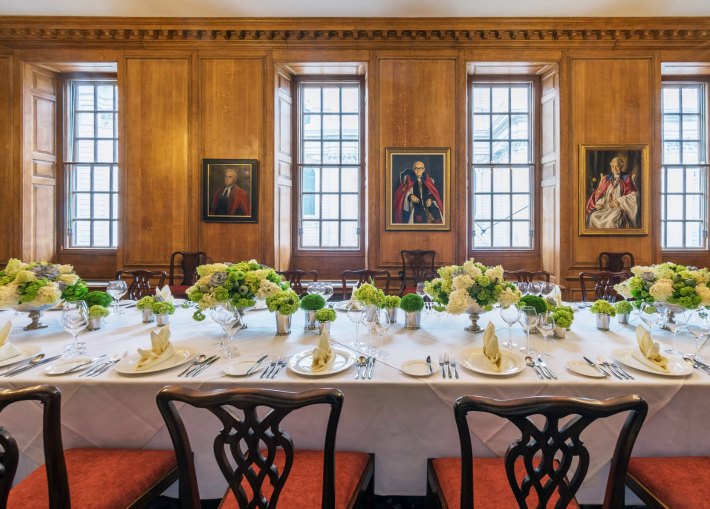


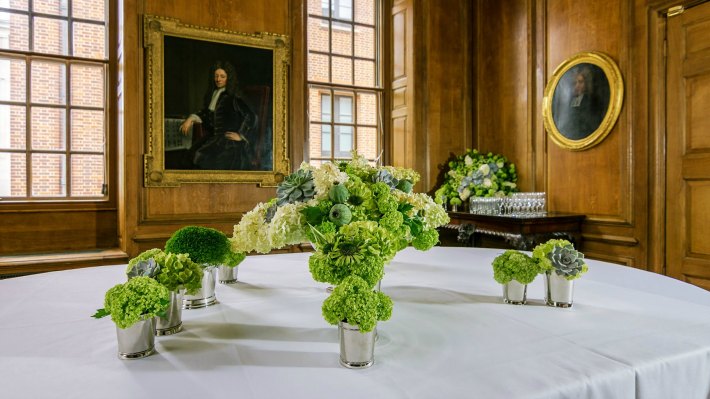
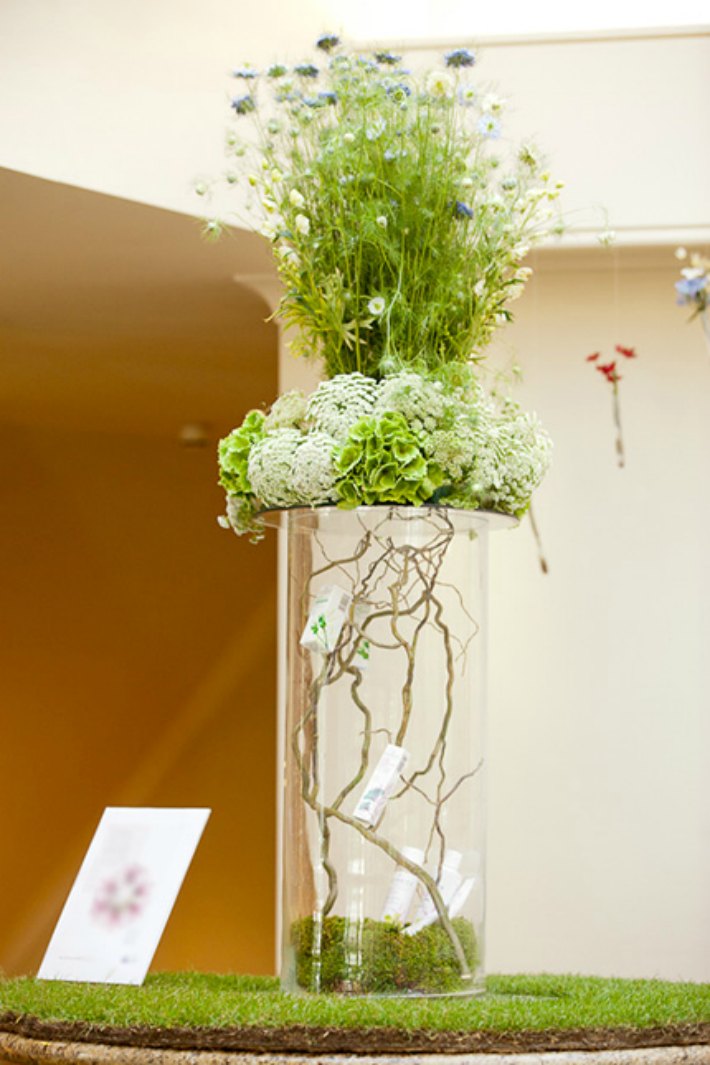
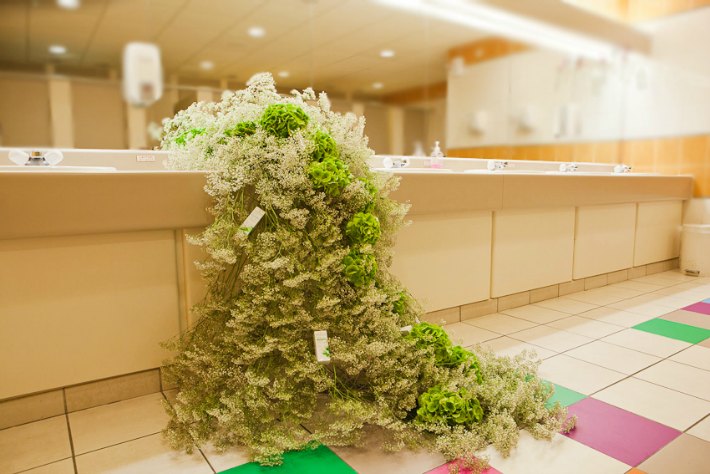
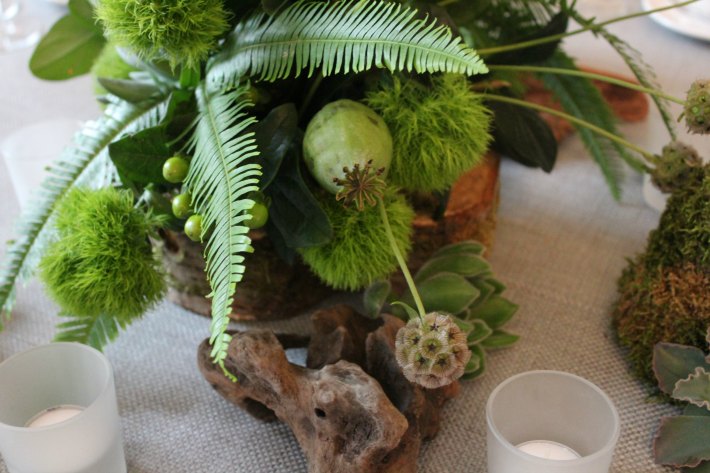
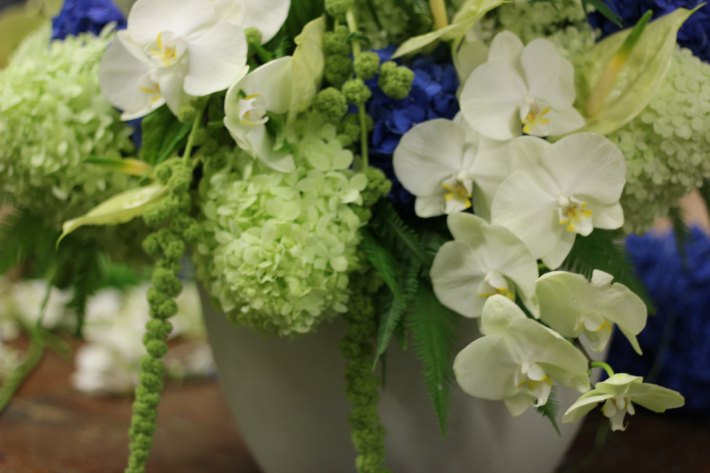
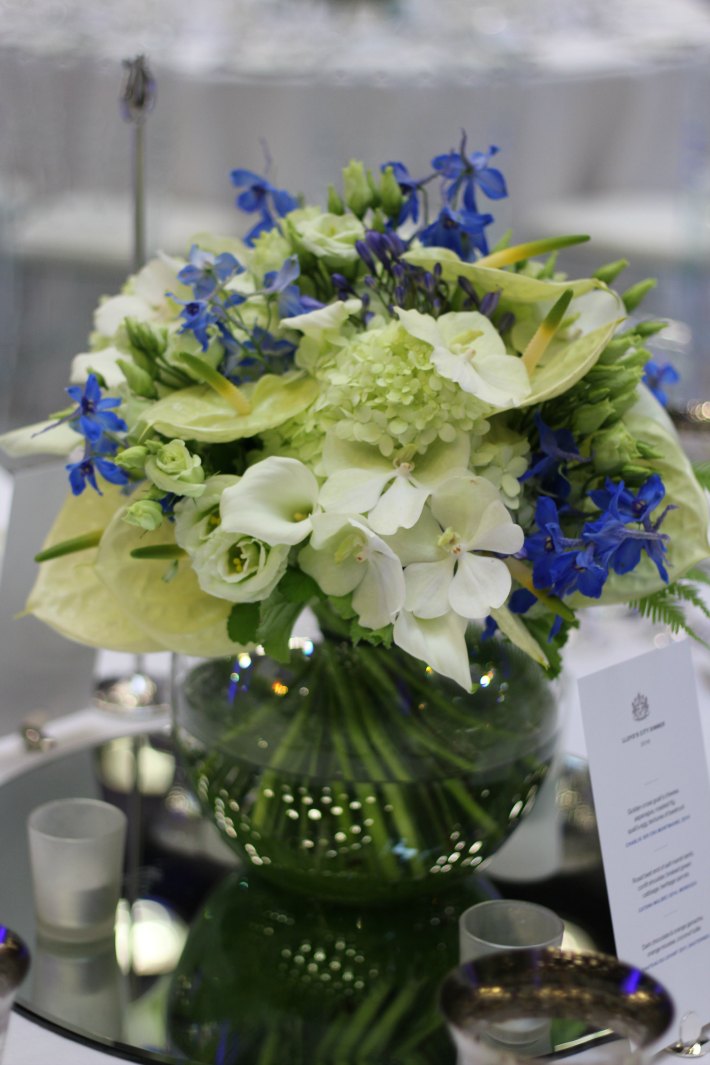
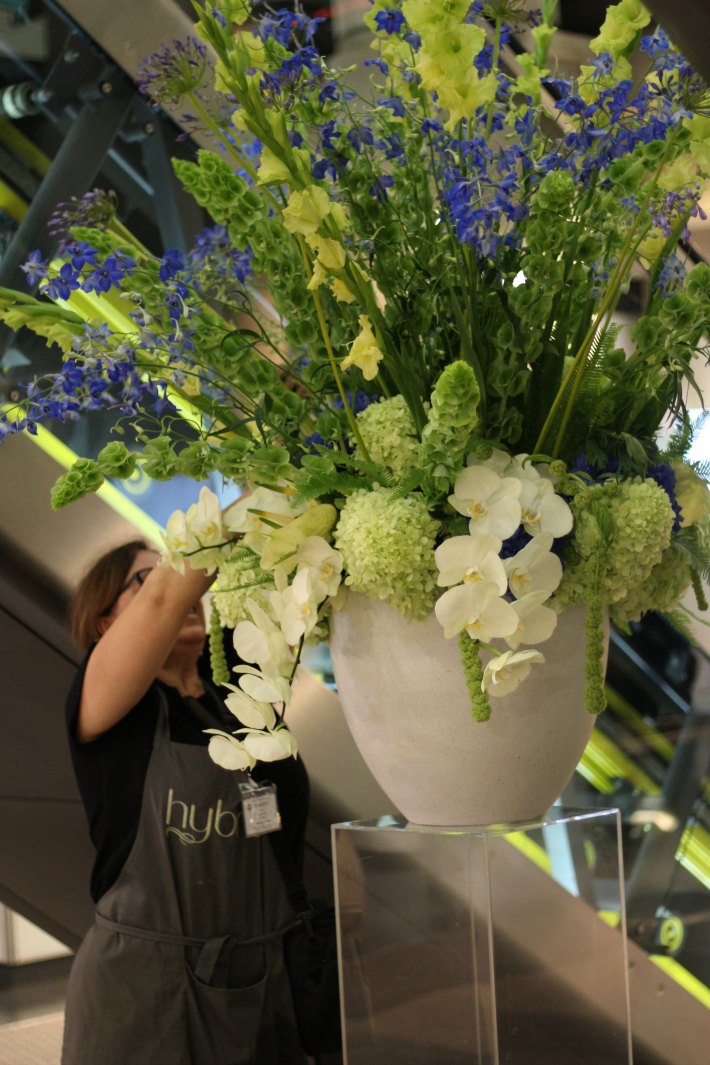


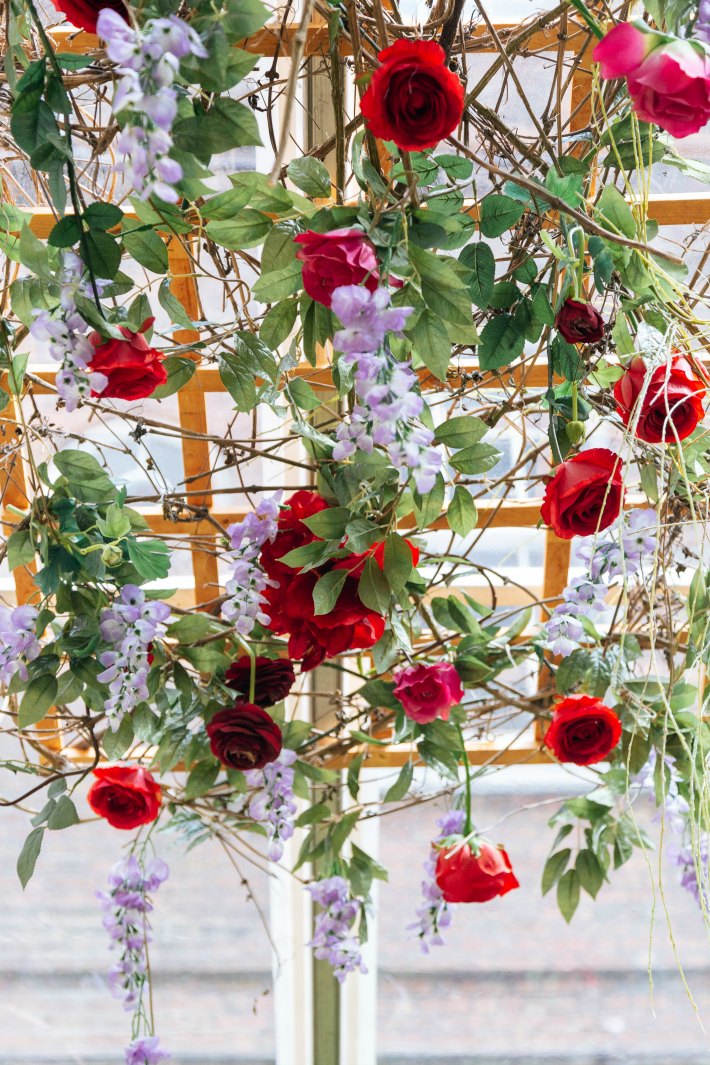
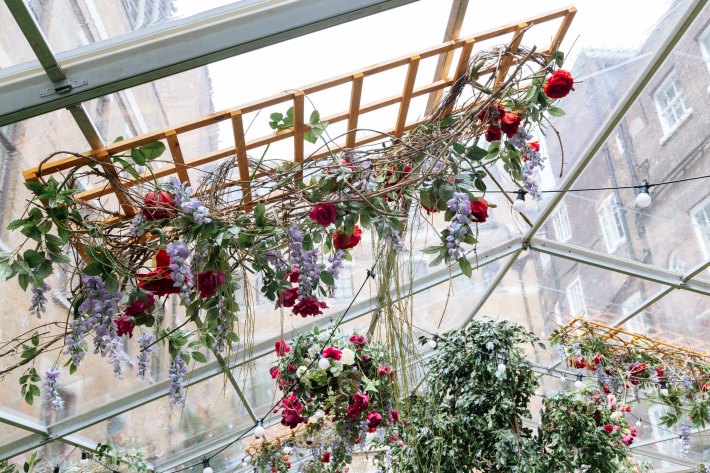
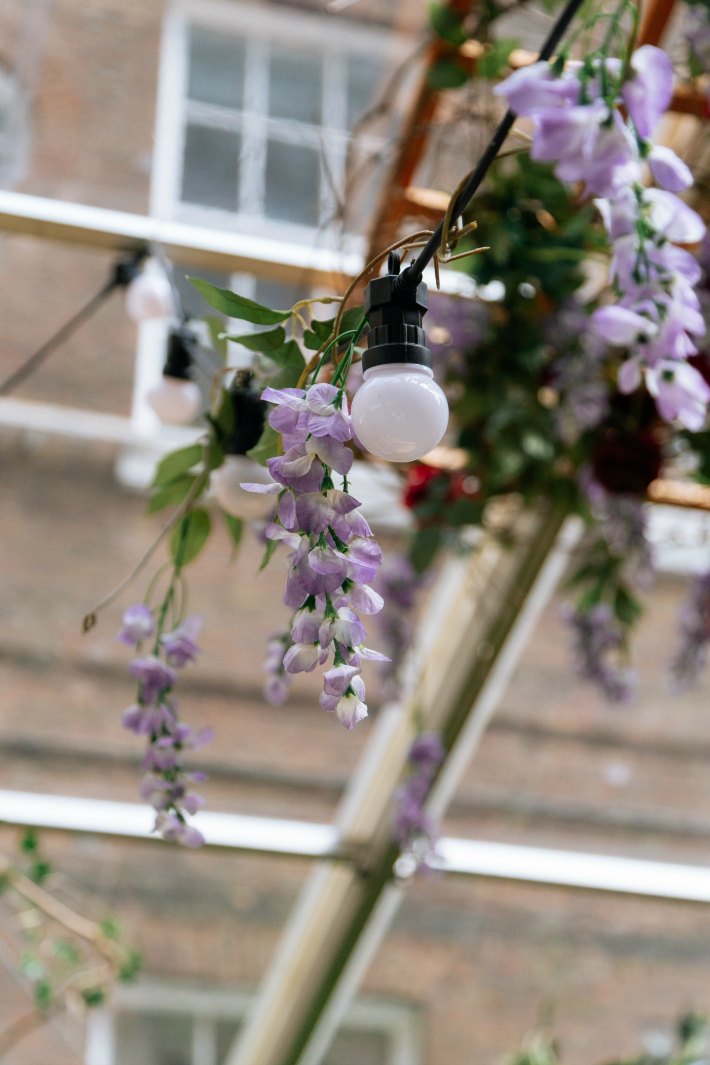
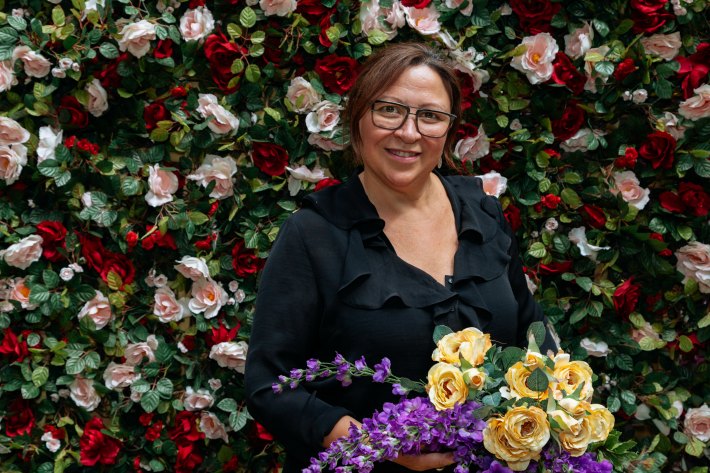
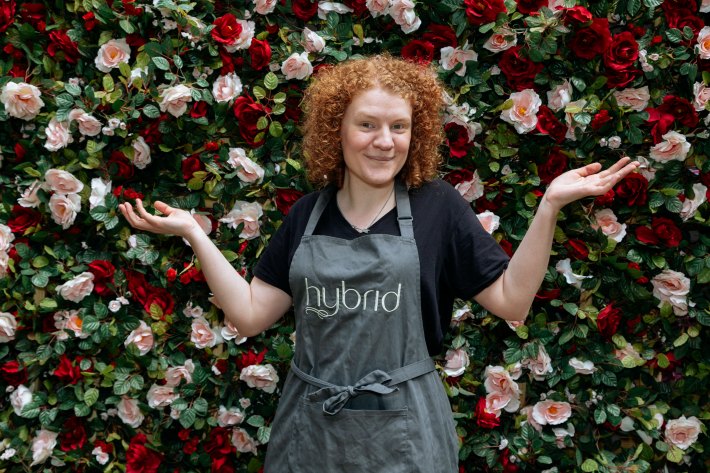
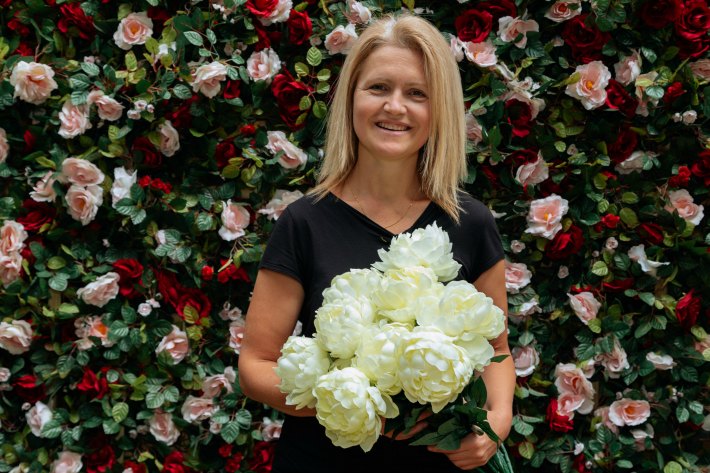

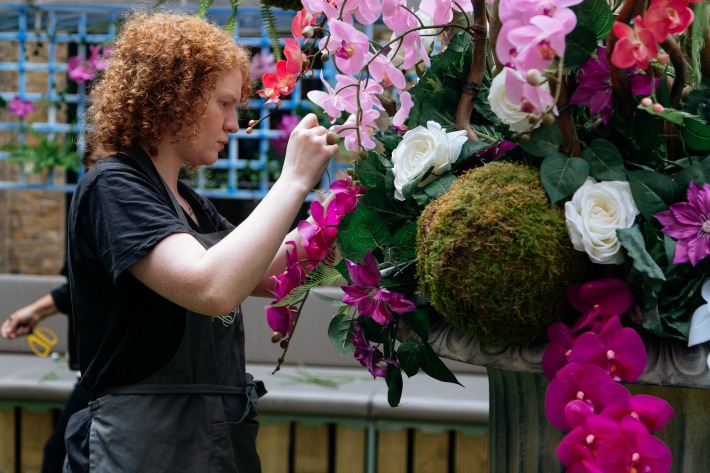
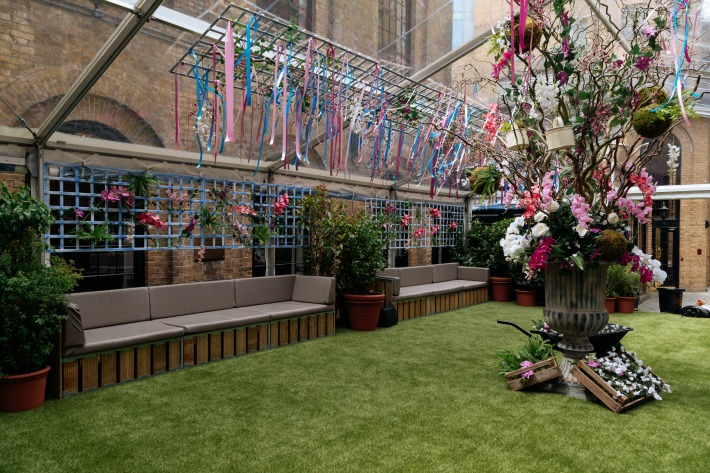
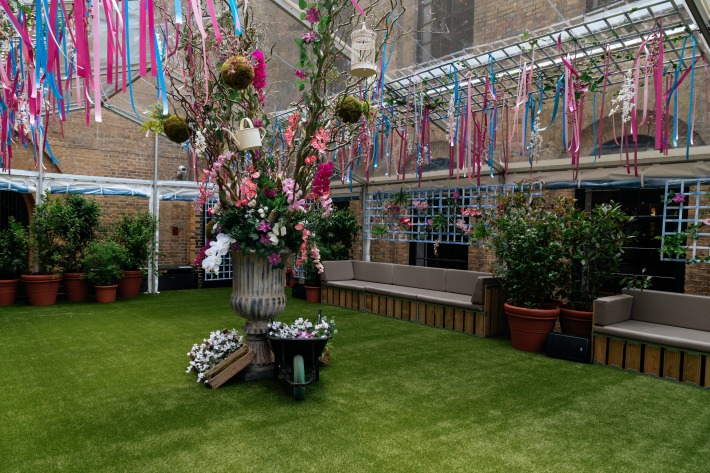
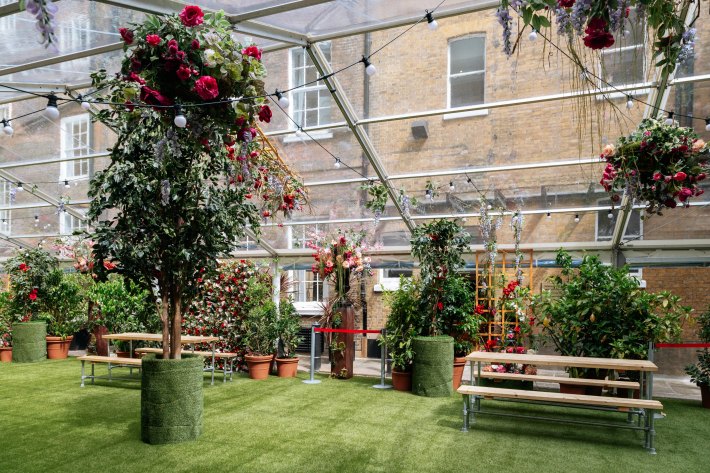
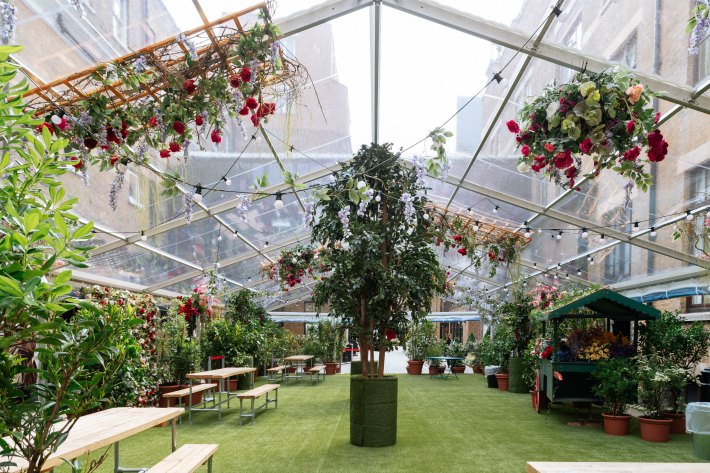

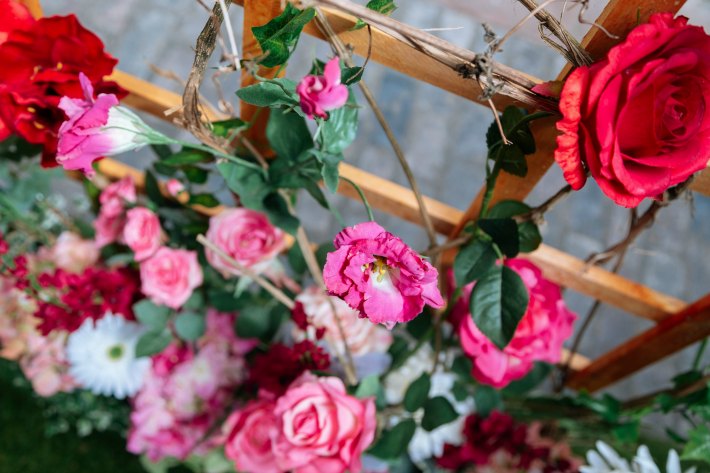
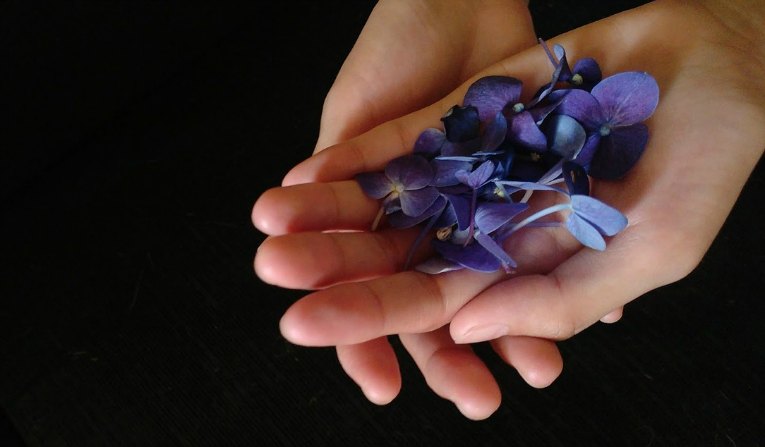
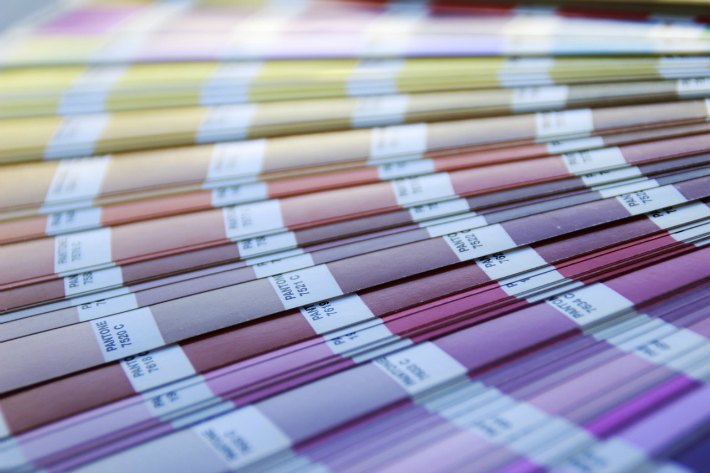

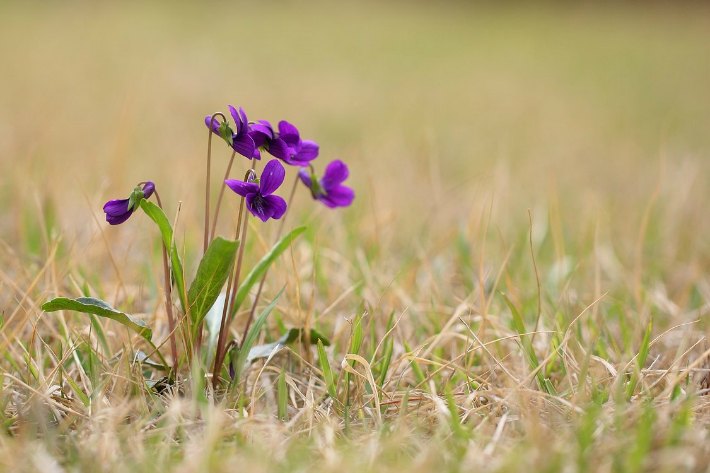

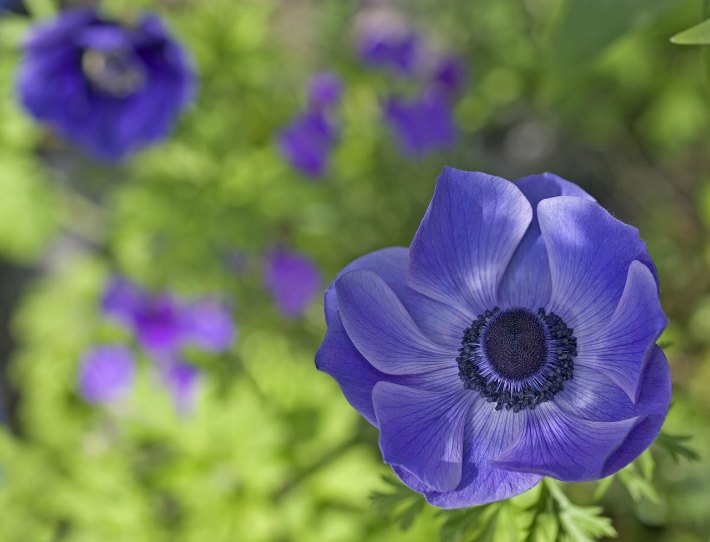


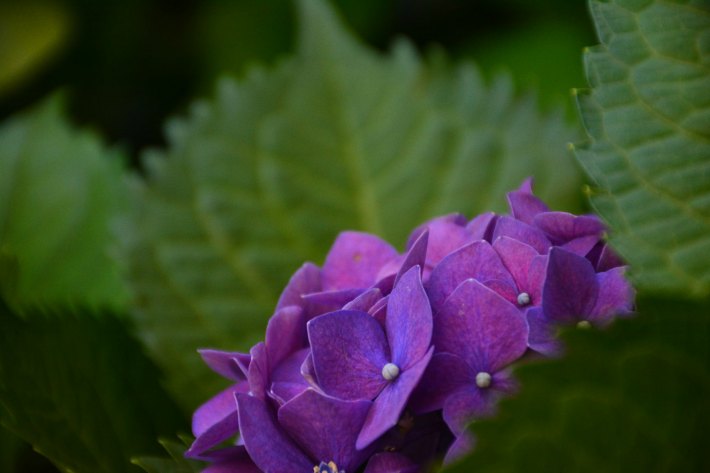
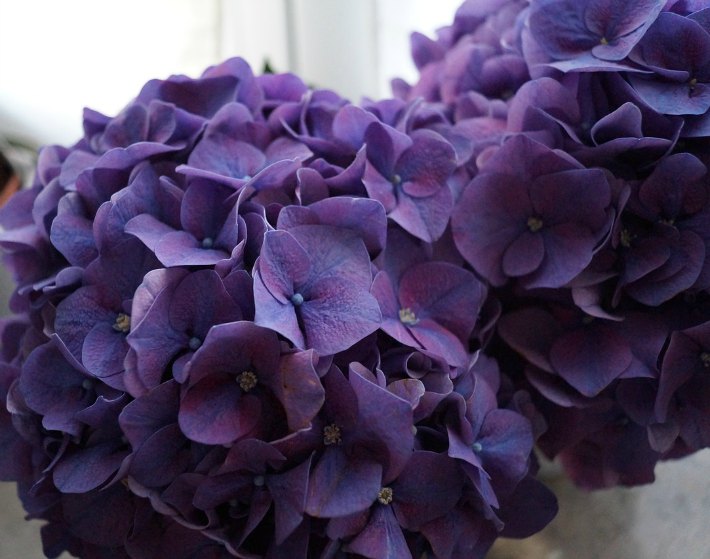

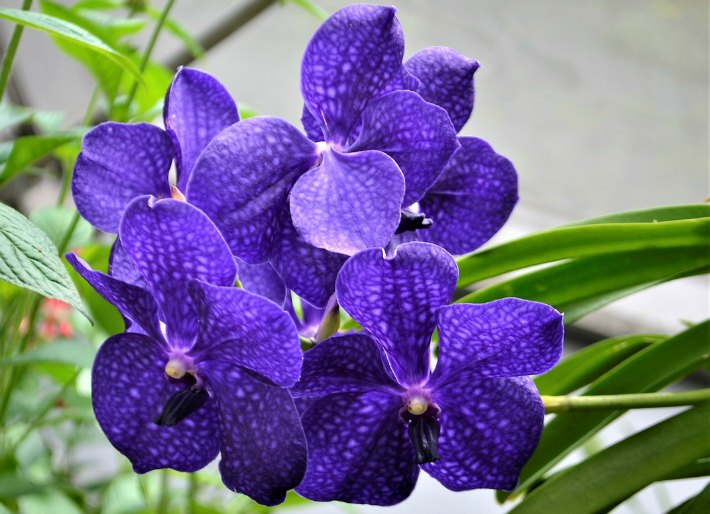

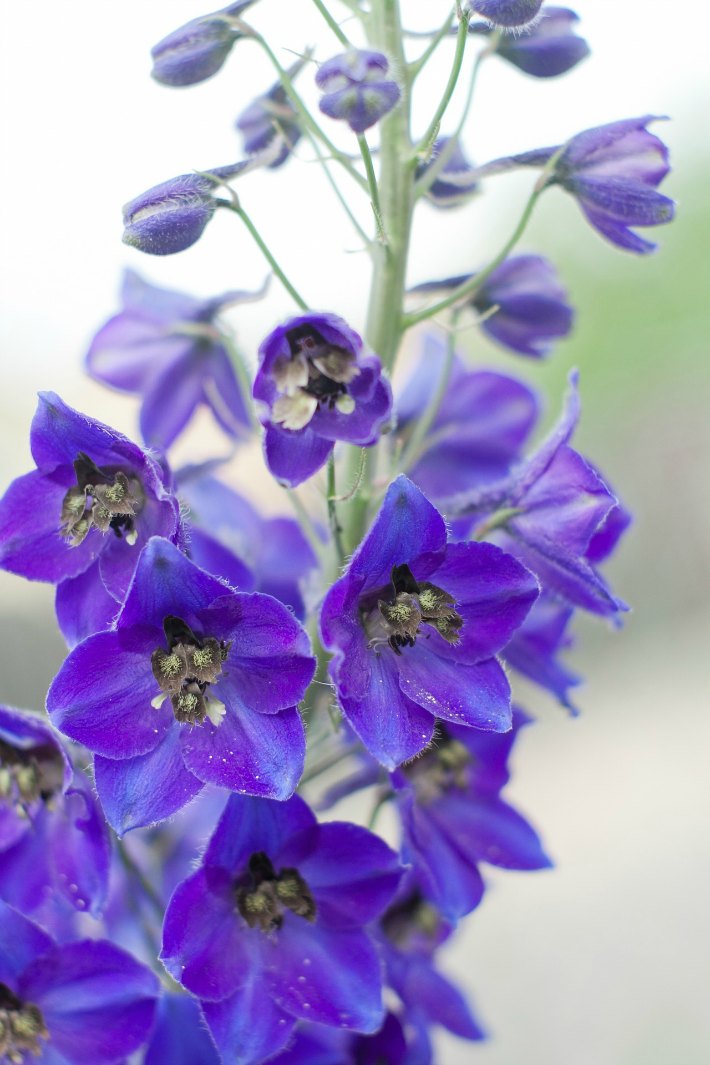
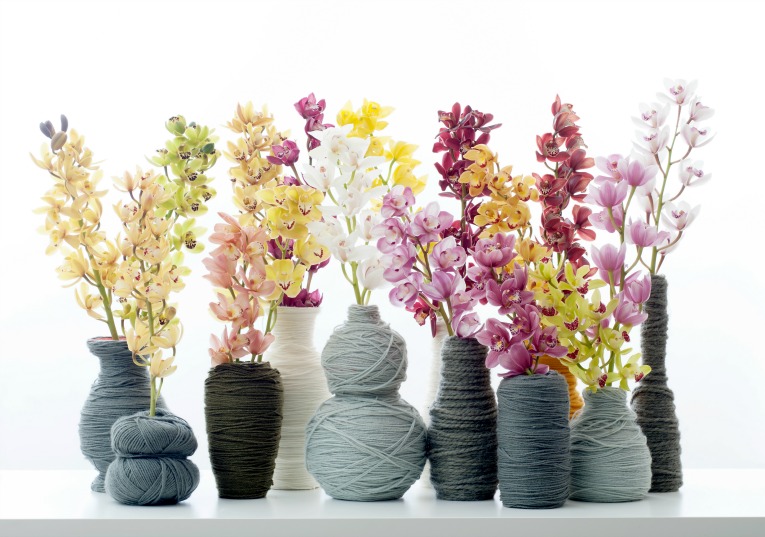
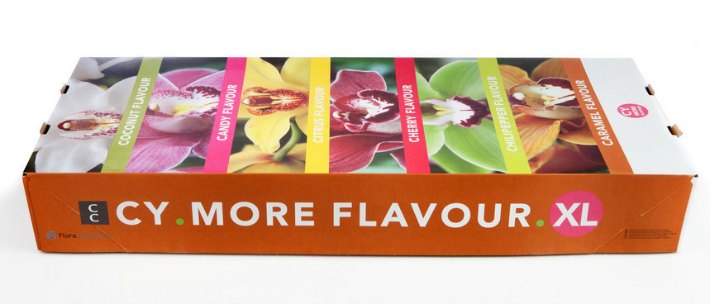 Sandra, husband Leo and team have been growing cymbidiums for eighteen years. They produce some of the highest quality orchids under the brand of
Sandra, husband Leo and team have been growing cymbidiums for eighteen years. They produce some of the highest quality orchids under the brand of 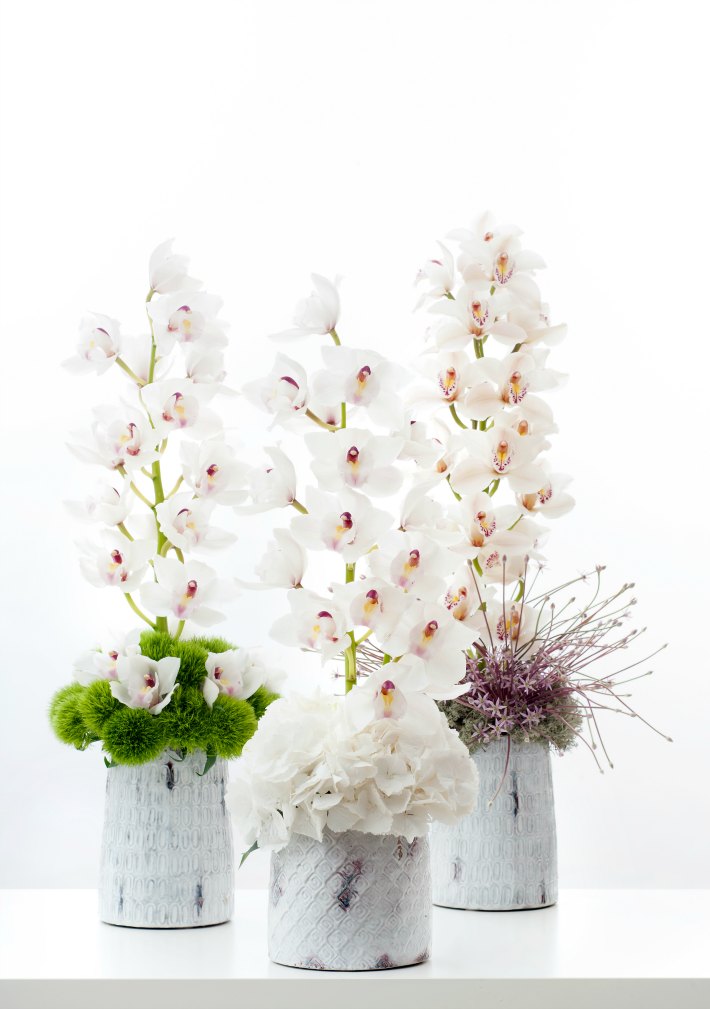
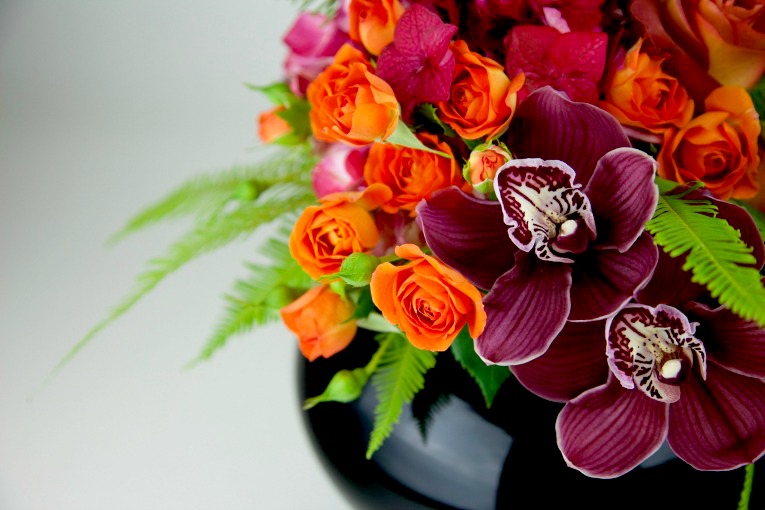
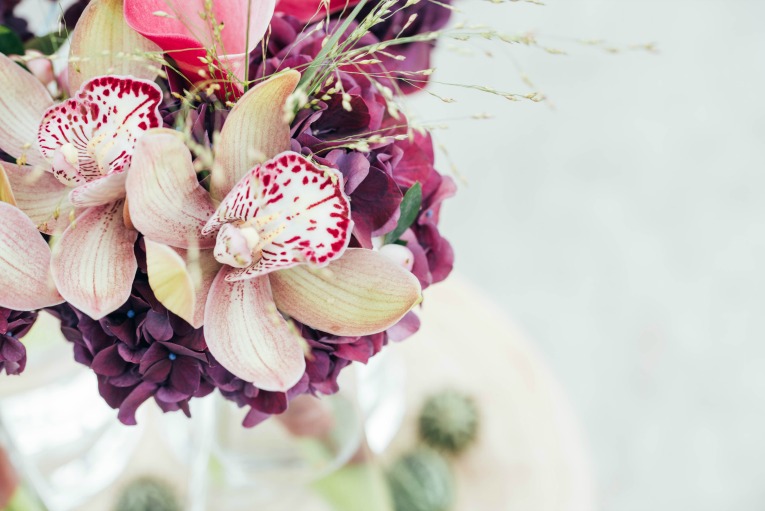 All these colours give us the most amazing palettes to work with. At Christmas time the green and red tones are very popular, and in autumn the copper and brown colored varieties perfectly represent the season. And for a winter wedding white is wonderful.
All these colours give us the most amazing palettes to work with. At Christmas time the green and red tones are very popular, and in autumn the copper and brown colored varieties perfectly represent the season. And for a winter wedding white is wonderful.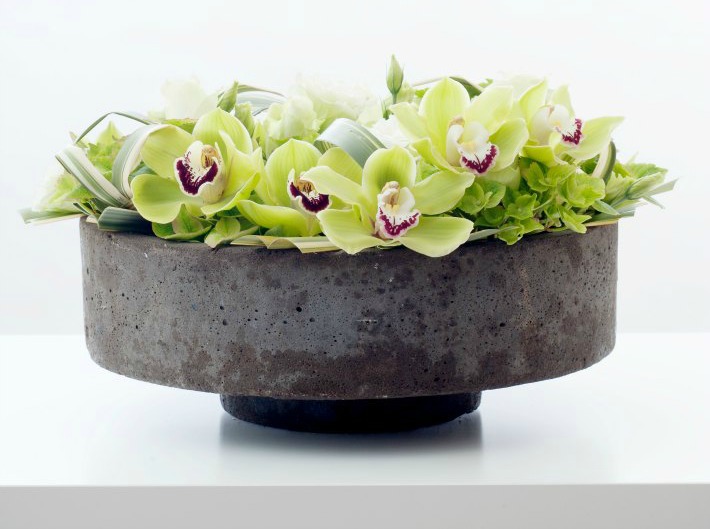

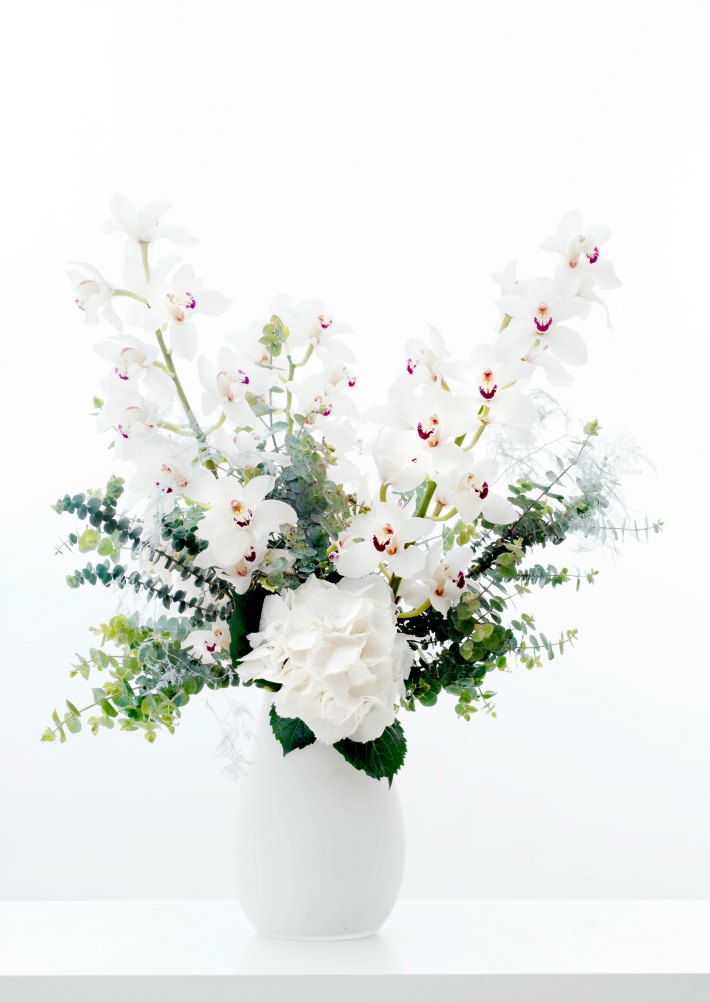
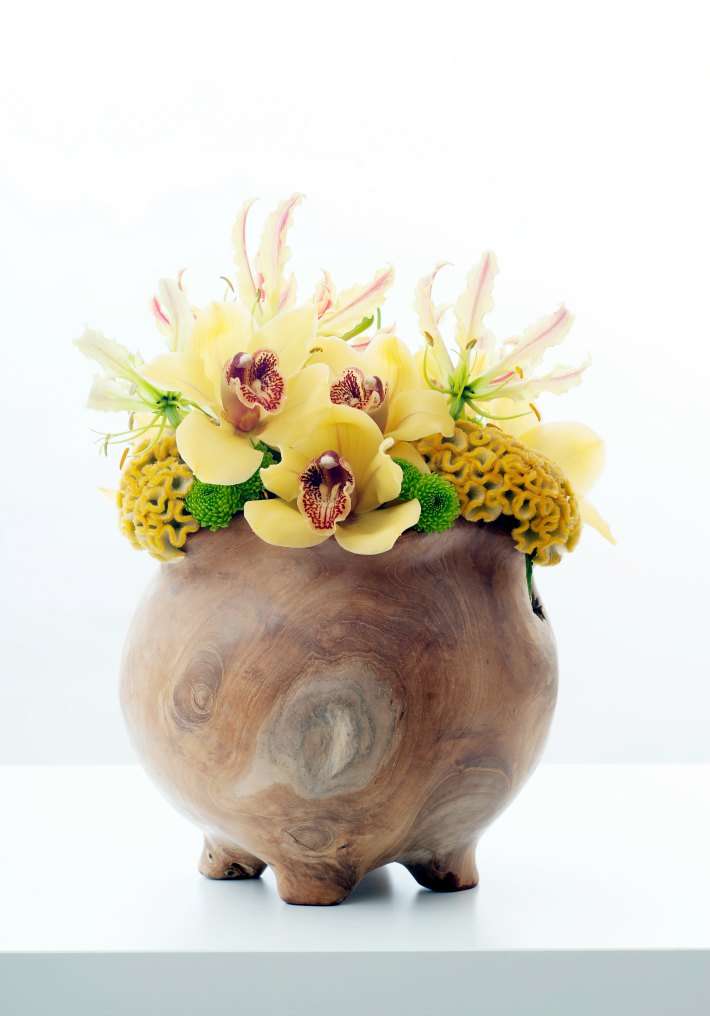
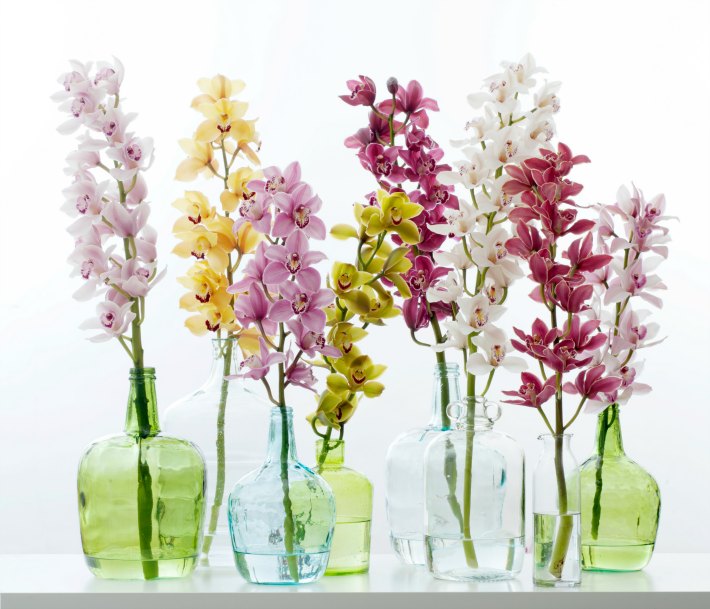
 The possibilities really are endless!
The possibilities really are endless!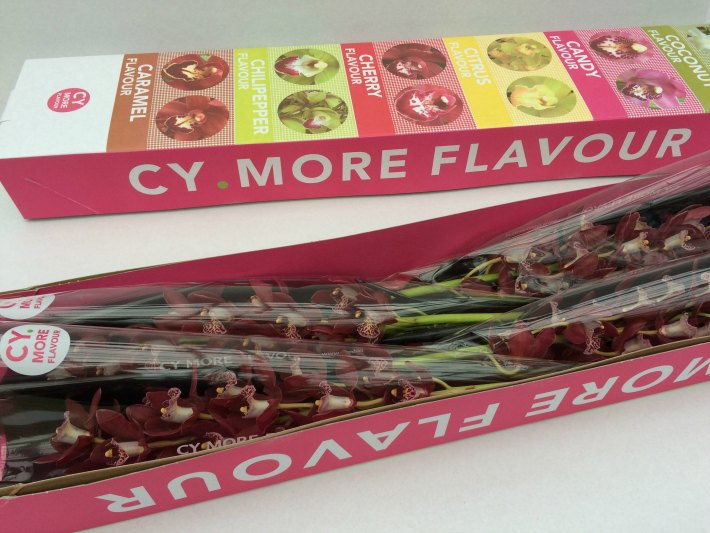
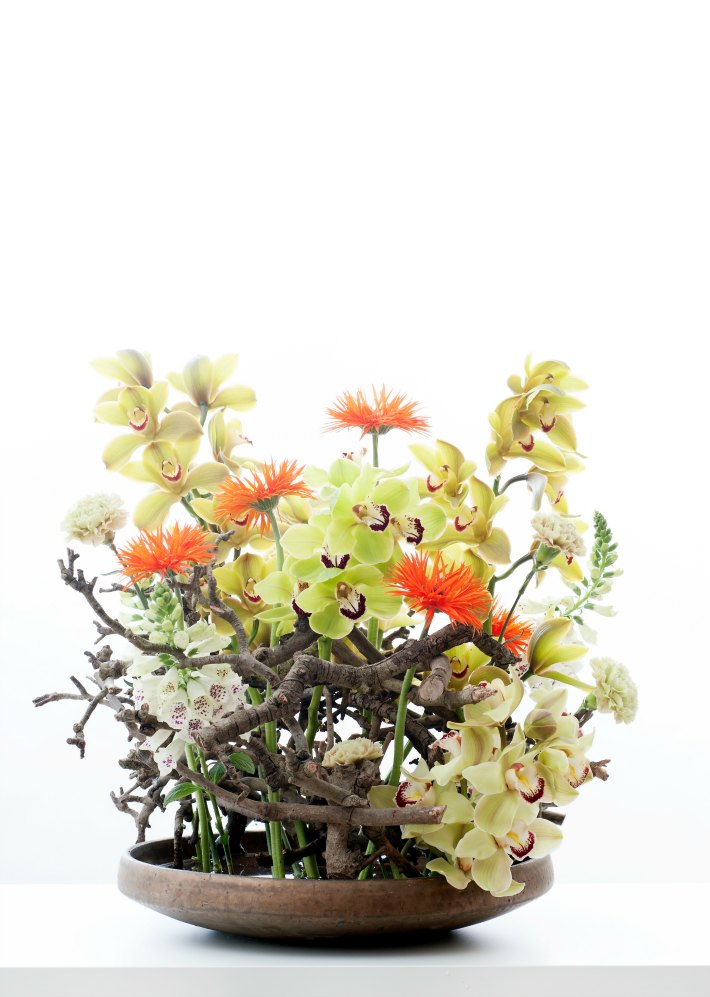

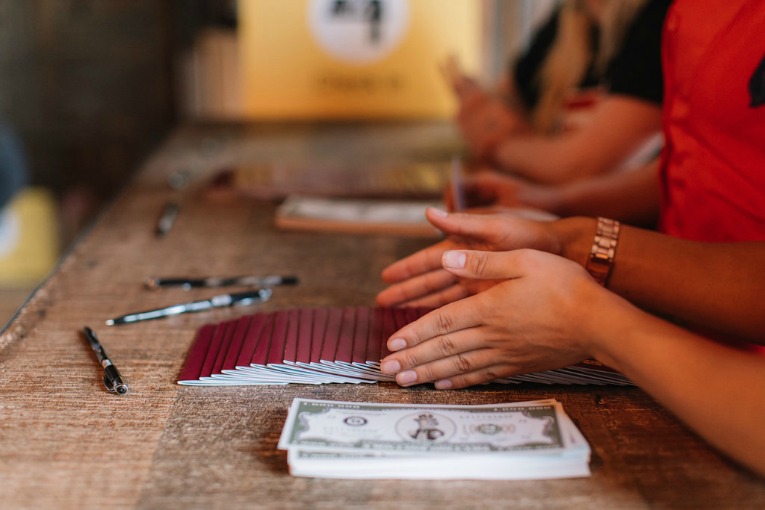
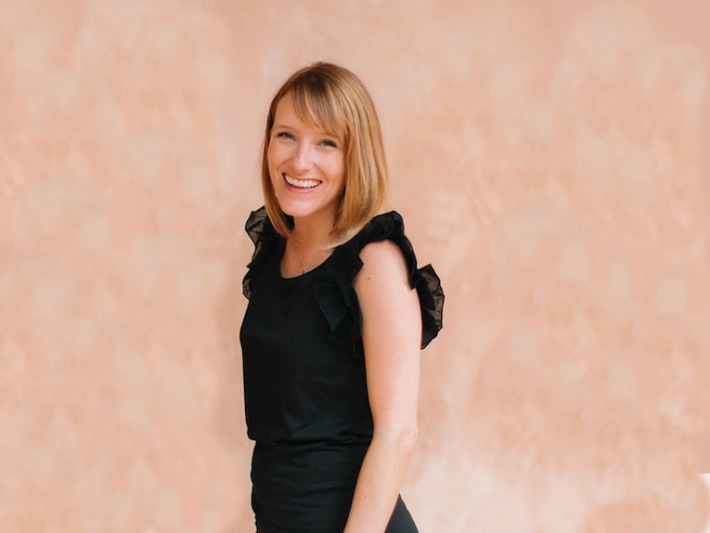 What do you love most about your job?
What do you love most about your job?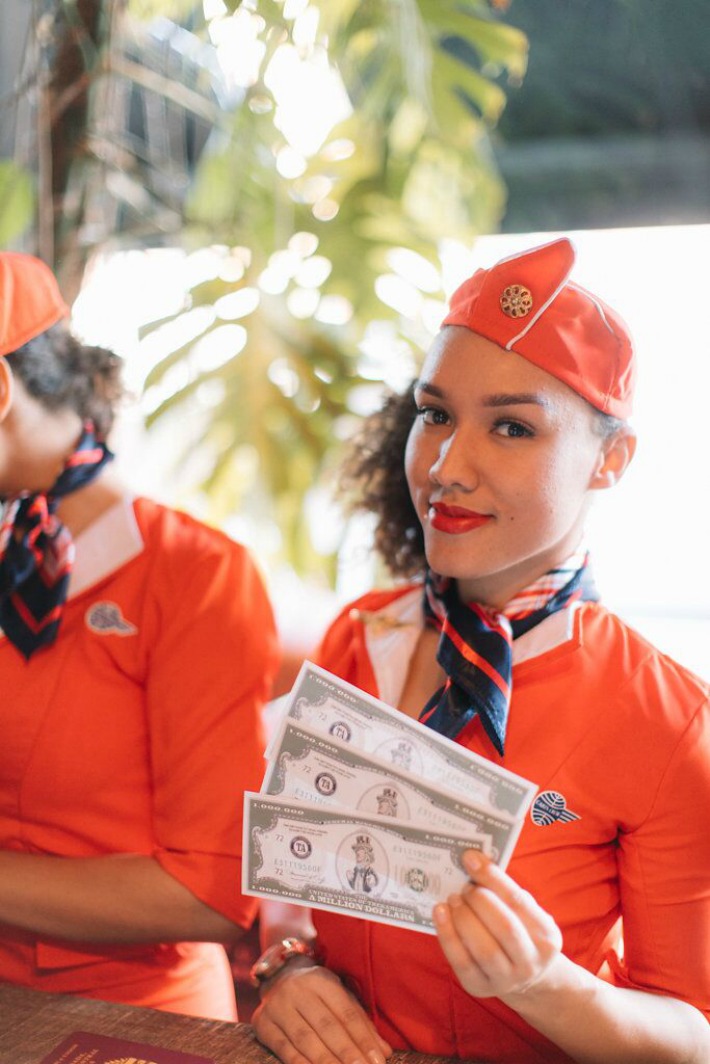

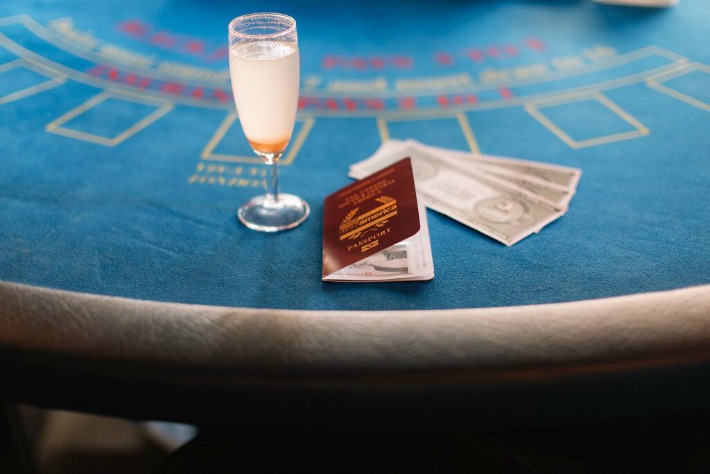
 What are the three key aspects that you cannot neglect when working to a theme?
What are the three key aspects that you cannot neglect when working to a theme?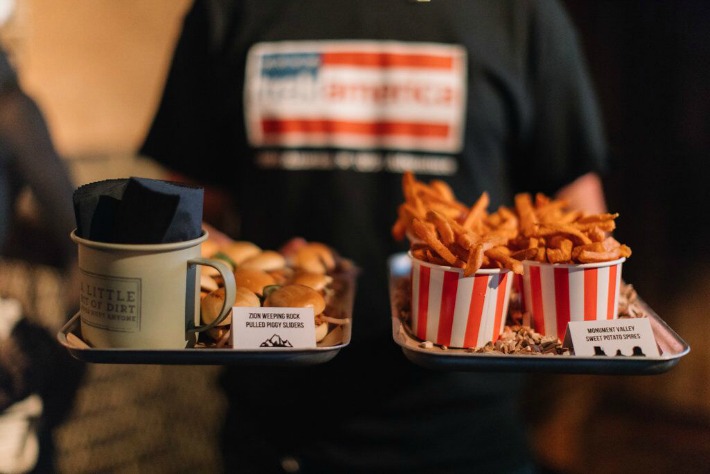
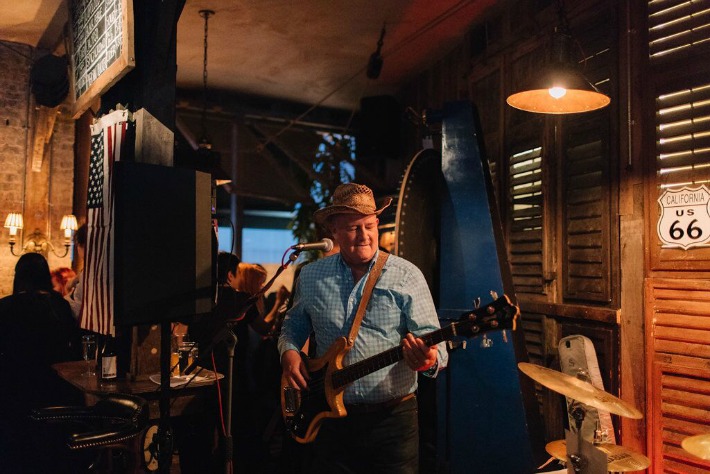 What has been your favourite corporate event?
What has been your favourite corporate event?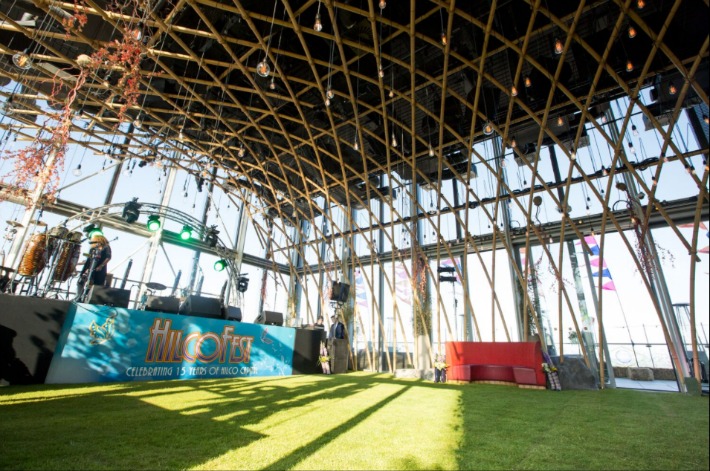
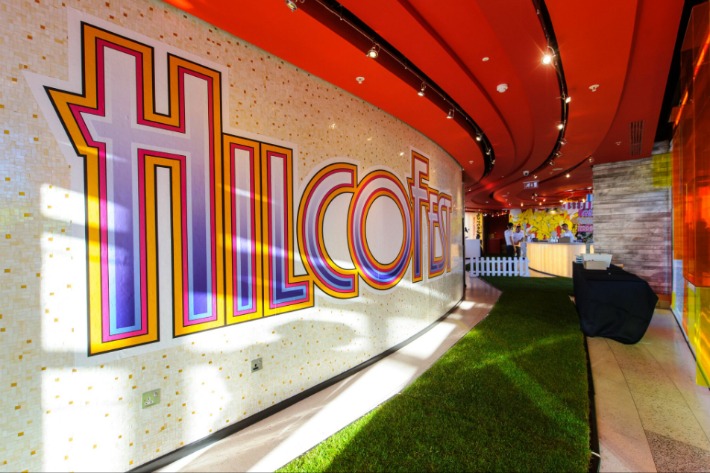
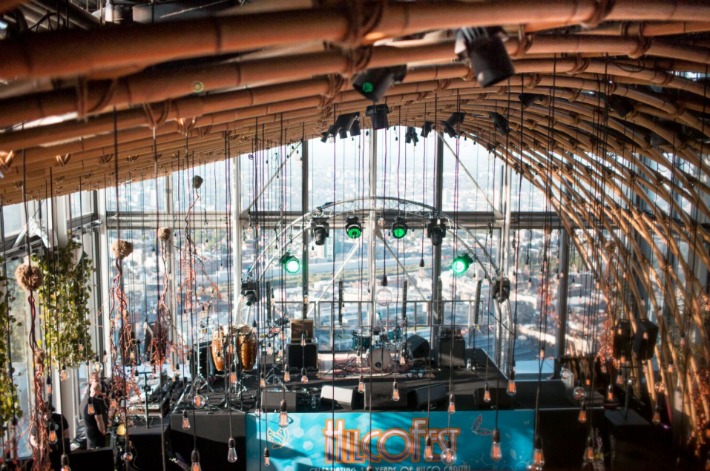

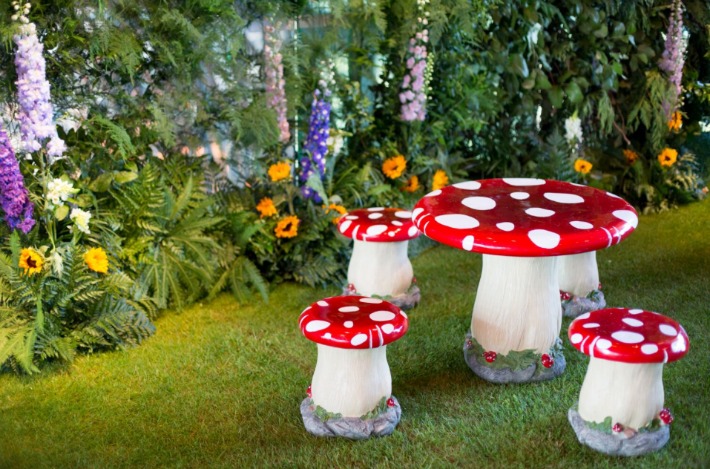
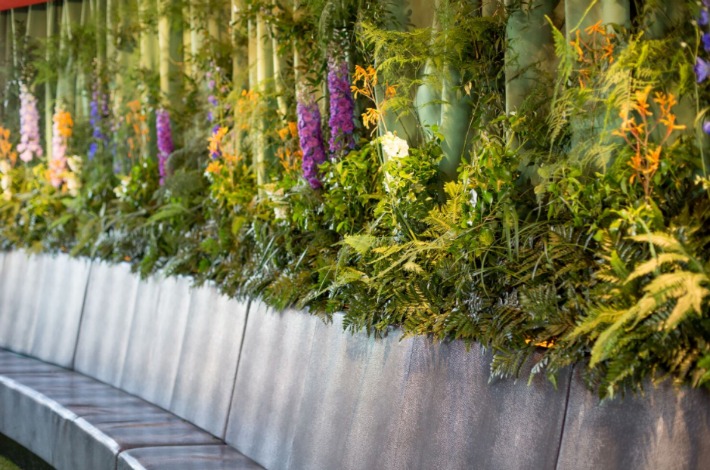
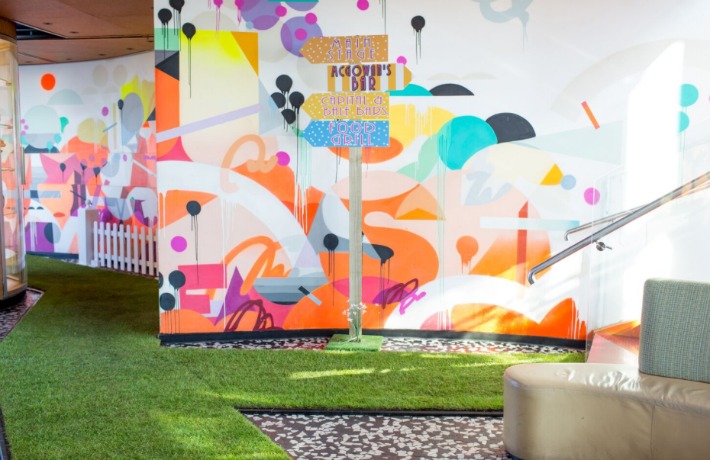
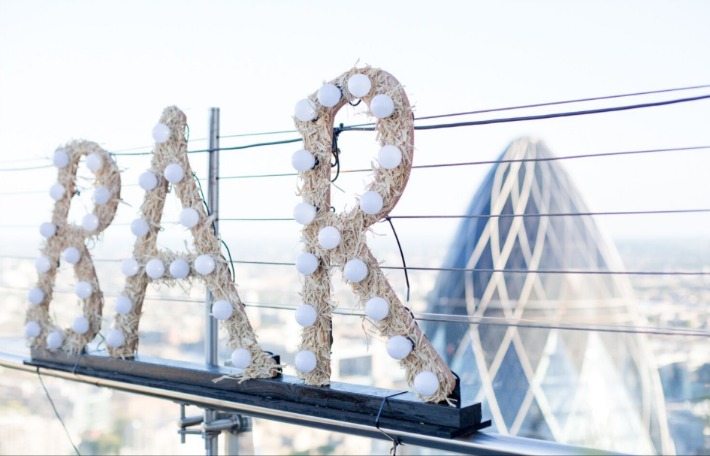
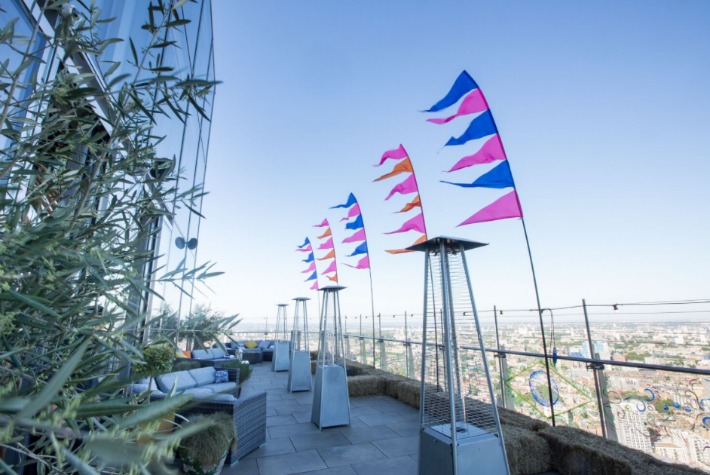 Any predictions for future events themes?
Any predictions for future events themes?